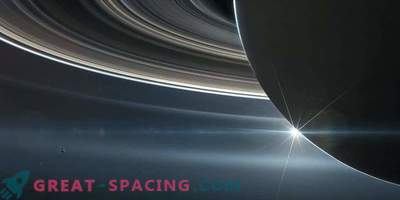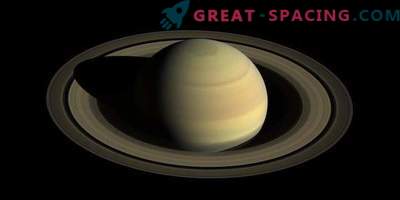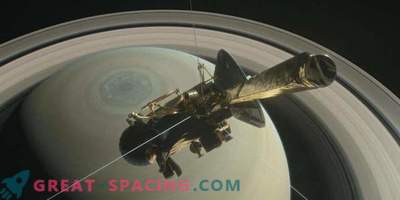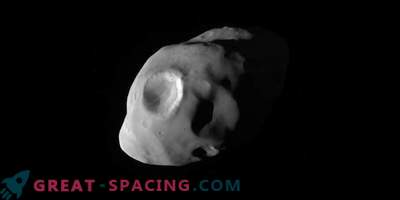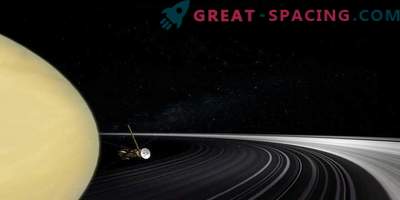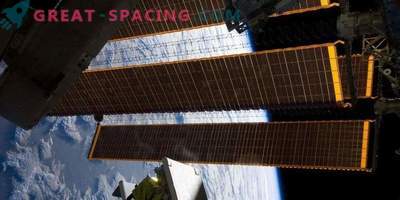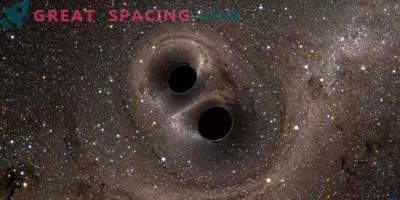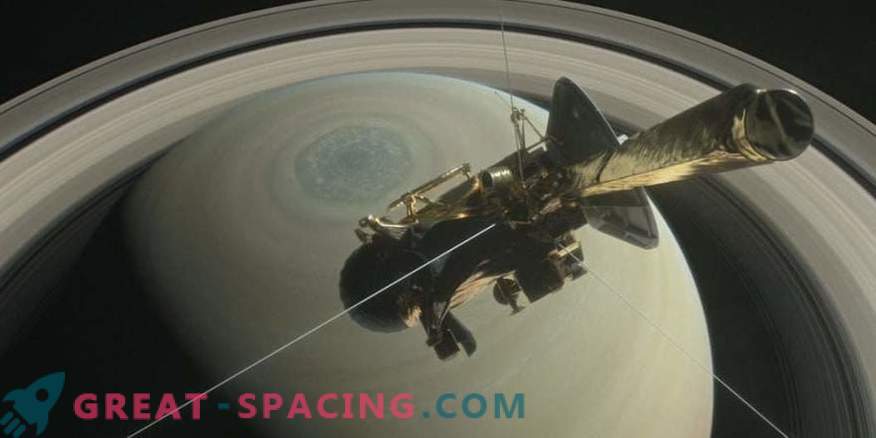
Saturn in the Cassini Spacecraft Review
In September, a NASA mission completed a multi-year observation of Saturn. But scientists continue to study the data even after the death of the Cassini apparatus. For example, the new analysis shows that the planetary ionosphere is much more complex and diverse than it was believed.
The tools also showed that the shadows of the rings strongly affect the ionosphere. There are suspicions that it may come in contact with microscopic ice particles. This phenomenon is called “ring rain”.
But researchers say that this is just a prelude to large-scale study, because the ionosphere of Saturn is much more complicated than we imagine. The ship Cassini spent nearly 13 years near the planet and in April chose a new trajectory between Saturn and the rings, passing through the upper part of the atmosphere.
This made it possible for the first time to examine in detail the ionosphere. The new review is based on 11 passages of Cassini through the space between the rings and the planet. As a result, there are only 22 of them. It was possible to fix serious changes in the density of electrons, depending on latitude, altitude, and also orbits. Scientists believe that some differences may be associated with contact rings, but not with all. So A and B cast shadows on the planet that are considered opaque enough to block the UV rays. The radiation is able to knock an electron out of an atom and allows it to move freely. Therefore, the shadow areas have a lower electron density.
But that's not all. There are other effects created by the rings, about which so far only surface information is known. The researchers also reported that ring rain has no significant effect on the ionosphere in equatorial territories. But water particles from the rings can come into contact with the planetary atmosphere at higher latitudes.
We will learn more details about the structure of the ionosphere in the coming months when information from other instruments of the device will be published.
